Mistakes were made…again!
Back in January, I posted a second look review of the Zeiss-Ikon Contessa 35, a camera that I had previously reviewed and drew some incorrect conclusions about due to me having a camera in less than stellar operational condition. A reader of this site named Peter noticed several of my errors in that original review and offered to send me a perfectly working Contessa saying that if I am going to review a camera I should do it on a better example.
Peter was right, and in my second look, I corrected some of my conclusions from the original review and ended up liking the camera a bit more, but as it turned out, my original review of the Contessa wasn’t the only review Peter took issue with.
It turns out Peter is also a fan of another folding camera that I reviewed a less than perfect example of, the Kodak Bantam Special.
As he did with the Contessa, not only did a pristine looking Bantam Special arrive in a nicely packaged box, but he was also so sure of a positive experience with this camera, he also included two fresh rolls of Film For Classics 828 film, one Kodak Portra 160 and the other Kodak TMax 100!
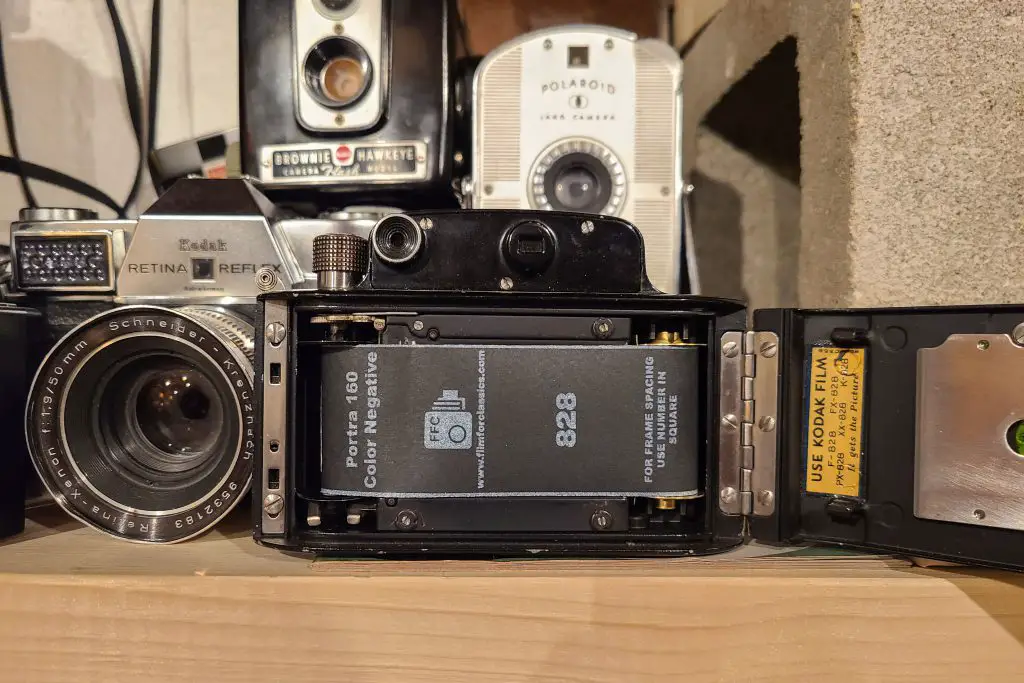
Although this is a review about the camera, I have to mention how good of a job Film For Classics does on their film. Not only is the film fresh, but they include brand new backing paper with all the correct markings for film start and exposure numbers that original 828 film would have. One omission however, is the absence of the single perforations on original film that a button in the back of the Bantam would use to feel the beginning of a new exposure. Without this hole, the camera will keep advancing the film beyond where you need to stop, so it is imperative that you pay attention to the exposure numbers when advancing the film.
The film also comes on brand new brass spools, which are very solid, much more so than the flimsy stamped metal ones original 828 film came on. I wonder if Film for Classics would ever consider just selling the spools as I would reload these over original 828 spools any day!
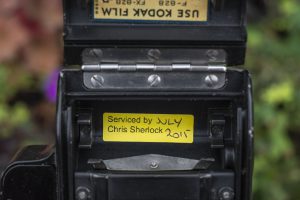
Back to the camera, Peter’s Bantam Special is not only a better example than the one I used in my original review, this one had previously been serviced by Chris Sherlock of retinarescue.com. While the Bantam is not a camera Chris likely gets too often, it’s German shutter and build quality likely makes it very similar to the Retinas he specializes in.
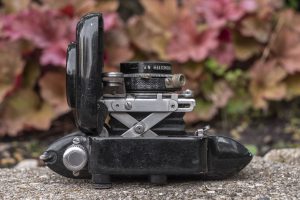
Knowing that this camera has had a CLA more recently than most Bantam Specials, I was eager to try it out. The two most immediate improvements of this model were that not only did the rangefinder seem totally accurate, but a problem I noted in my original review where the camera’s door did not filly extend open 90 degrees was not an issue here. Without the door completely open, the lens standard will not fully erect, which will cause severe issues with focus.
The Bantam Special’s viewfinder and rangefinder are separate, as was the case of most 35mm rangefinders of the 1930s in which you must separately focus the rangefinder and compose your image in two different windows. While this does slow you down in use, a distinct advantage is that the rangefinder can have a greater magnification than the main viewfinder for more accurate focus. This is a bigger issue for cameras with interchangeable lenses as rangefinder accuracy is critical with telephoto lenses. With the Bantam Special’s fixed lens, this isn’t completely necessary, but it still helps to get focus as accurate as possible.

In the composite image above, I show the rangefinder both correct and incorrect to see how easy it is to focus on the utility pole across the street. In the image to the right, you see the entire viewfinder which reveals much more information for composing. In normal use, you cannot see both windows at the same time.
Another cool thing about the rangefinder is that it uses glass prisms instead of mirrors. Prism rangefinders have a distinct look that is much brighter than those with mirrors as they do not have a silver reflective surface which can wear off over time.
In my original review for the Bantam Special, I was not a fan of the left hinged door that is opposite from the Kodak Retinas I was used to. Since that review however, I’ve warmed to the idea of left hinged folding cameras as I’ve shot a number of them, most recently the Welta Weltini II.
A side effect of the left hinged door which I don’t think I appreciated enough is the position of both the focusing lever and shutter release on the side of the shutter, which are both in easy reach of your right index finger, although quite a bit lower than you’d expect. While the Kodak Retina’s top plate shutter release is also comfortably located, having the shutter release of a folding camera on it’s top plate requires a complex system of metal linkages which can become damaged by a careless user if they fold the camera shut incorrectly. With the Bantam Special’s arrangement, any chance for this type of damage is eliminated.
Also like the Retina, the Bantam Special’s lens must be at infinity before collapsing the camera as it needs to clear the door. With a Retina, forcing the camera shut with the lens at anything but infinity can cause serious damage to the camera, but on the Bantam Special, the focusing arm cleverly doubles as the door release. Only when moving the focusing arm to infinity and putting upward pressure on the door lock, can the door be closed, assuring that the camera cannot be closed shut without the lens being where it needs to be.
With a better working example, and a warmer opinion of the camera’s ergonomics, one of my original complaints about the camera’s right side viewfinder remains. As a left eye shooter, having the main viewfinder in the upper right corner of the back plate requires me to hold the camera to my face in a way I find uncomfortable. I suspect this is less of an issue for right eye shooters, but I have to imagine having the viewfinder either in the center or top left for right eye shooters is more familiar too. Of course this is just a minor nitpick and not a deal breaker.
With this camera in perfect working condition, the true test will be in the images it is capable of. I was unable to get good images from that original Bantam Special as I underestimated the severity of the issue where the door wouldn’t open all the way. With Peter’s kind donation of the two rolls of film from Film For Classics, I loaded up the Portra first, and shot the TMax second.
Note About Developing 828: Although 828 film is an extinct format that is only available through boutique sellers like Film For Classics, the width of 828 film is exactly the same as regular 35mm, which means it can be developed using the same reels as 35mm meaning if you develop your own 35mm film, you can do 828 just as easily.
As I had hoped, the images from the two rolls of Film for Classics 828 came out great. With a Bantam Special with a door that fully opens, an accurate rangefinder, and a shutter that had been CLAd by an expert, the Kodak Ektar lens delivered results on par with it’s reputation. Images shot on 828 film are slightly larger than those from regular 35mm at 28mm x 40mm which allows for slightly more detail in the images.
Looking at the two rolls, I prefer the black and white images as the uncoated lens caused some interesting color shifts on the Portra film, but certainly nothing to complain about. Sharpness was excellent corner to corner, and I saw no obvious flaws in the images that are typical of lesser lenses.
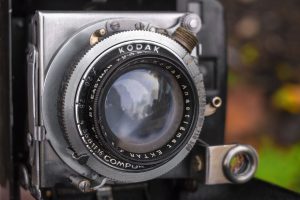
These were the kinds of images I had hoped I would see in my original review, but didn’t, and what prompted Peter to loan me this perfectly working copy. But is it enough for me to change my overall opinion of the Bantam Special?
Re-reading my original review, I complained about the ergonomics, which as I mentioned above, in the years since I wrote that, I’ve come around and appreciate a little more now. I did find the location of the shutter release to be a bit low, which on more than one occasion caused me to fumble around to find as it’s just not in a natural position, but once you do find, is comfortable.
The focusing lever is easy enough to operate, but I wonder if the less than obvious method of requiring the focusing lever to be pushed beyond infinity before closing the camera is the cause of so many Bantam Specials with bent struts, like my original one.
I did really like the optical rangefinder and found it to be very easy to use. It reminds me a lot of the ones Kodak used on the Ektra, Medalist, and Chevron. By using glass prisms instead of mirrors, there is no chance of desilvering or a darkened view because of a beamsplitter. The camera is also quite attractive, with it’s black with metal pinstripes across it’s body like a luxury suit, so of course these display very well on a shelf.
If we were just talking about a good looking camera with an excellent lens and shutter, and a good and easy to use rangefinder, I could probably overlook a slightly strange location of the shutter release and difficult to close camera, but the biggest killer of the Bantam Special is that it needs 828 film. Which, apart from Film for Classic’s excellent recreation of the film, is impossible to find today, but even when you do, the economy of 8 exposures is a big letdown, especially when you could just as easily pick up an equally excellent Kodak Retina with just as good of a lens, better ergonomics, and be able to shoot 36 exposures from a single roll
I am eternally grateful to Peter for allowing me to redo my reviews for both the Bantam Special (with film) and Contessa 35. Like my second look of the Contessa 35, I feel as though I did do both cameras an injustice with my original reviews using poor condition examples. In both cases I found more things to like about each, but in the end, I still don’t think the Bantam Special is a camera that I would ever use more than once or twice, especially not at the prices both the camera and rolls of film go for these days.

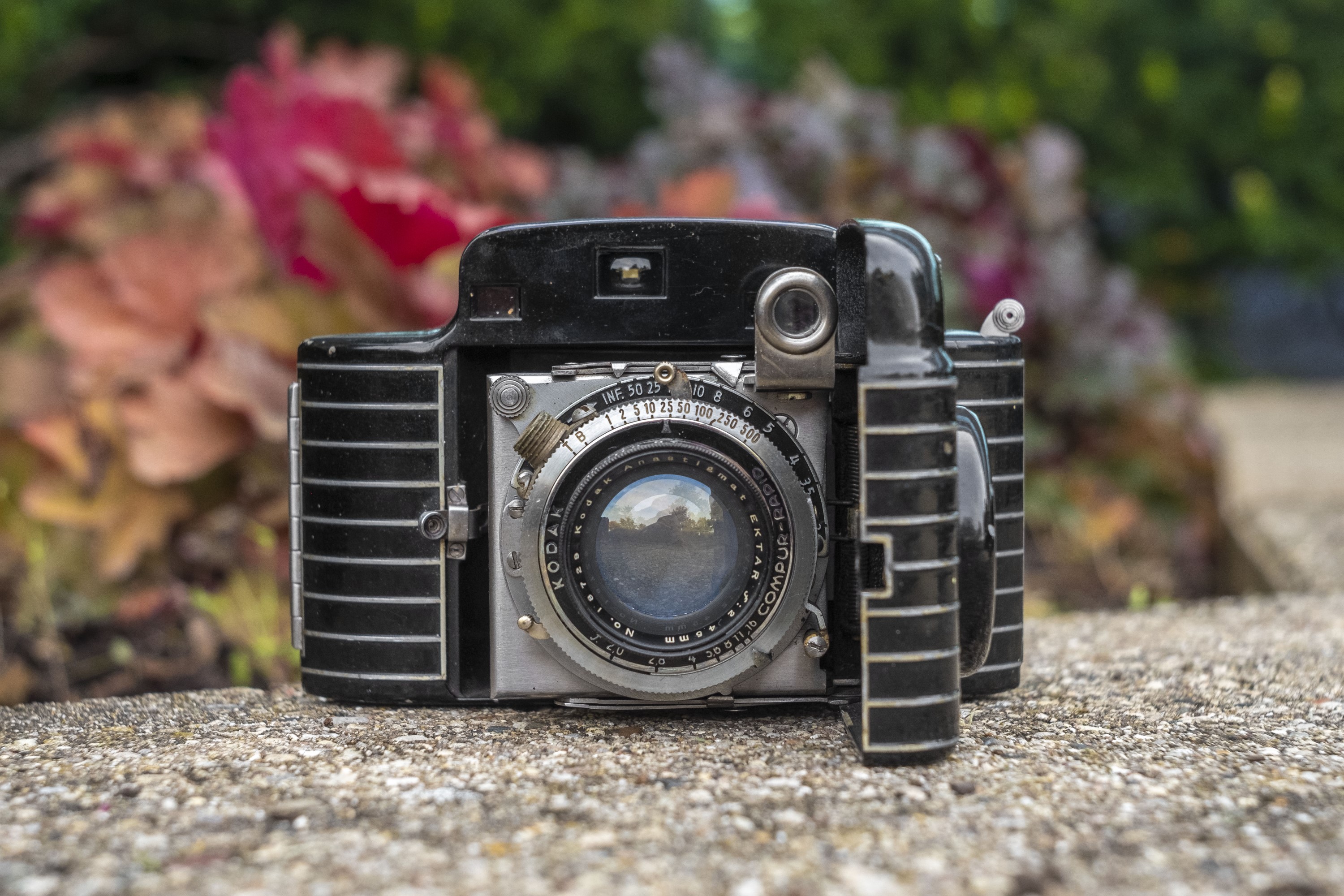
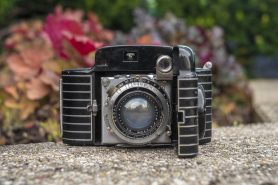

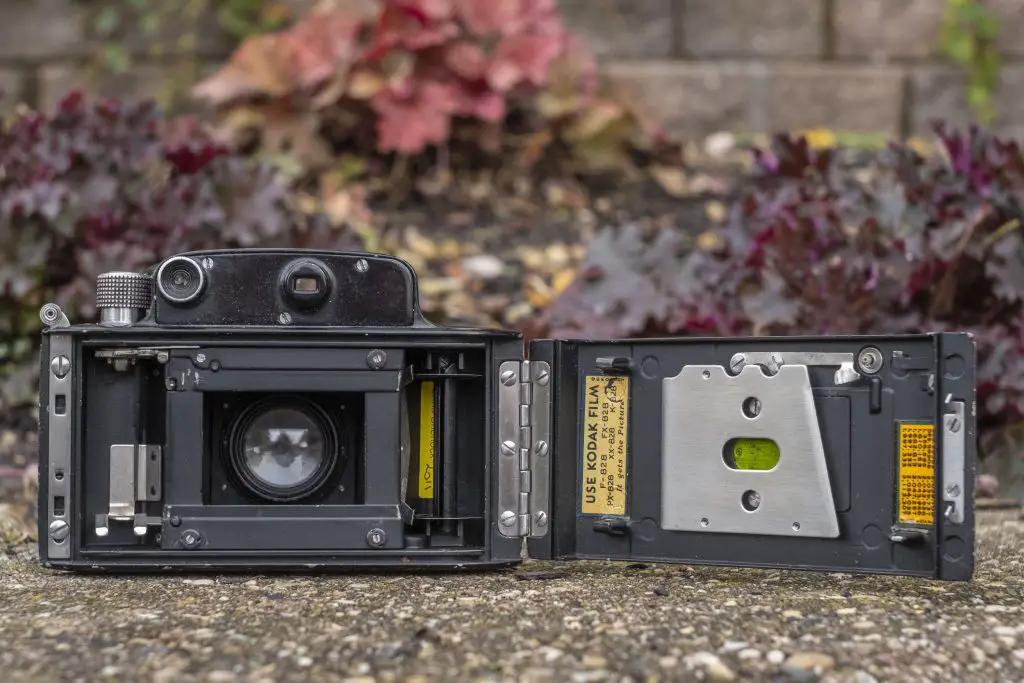

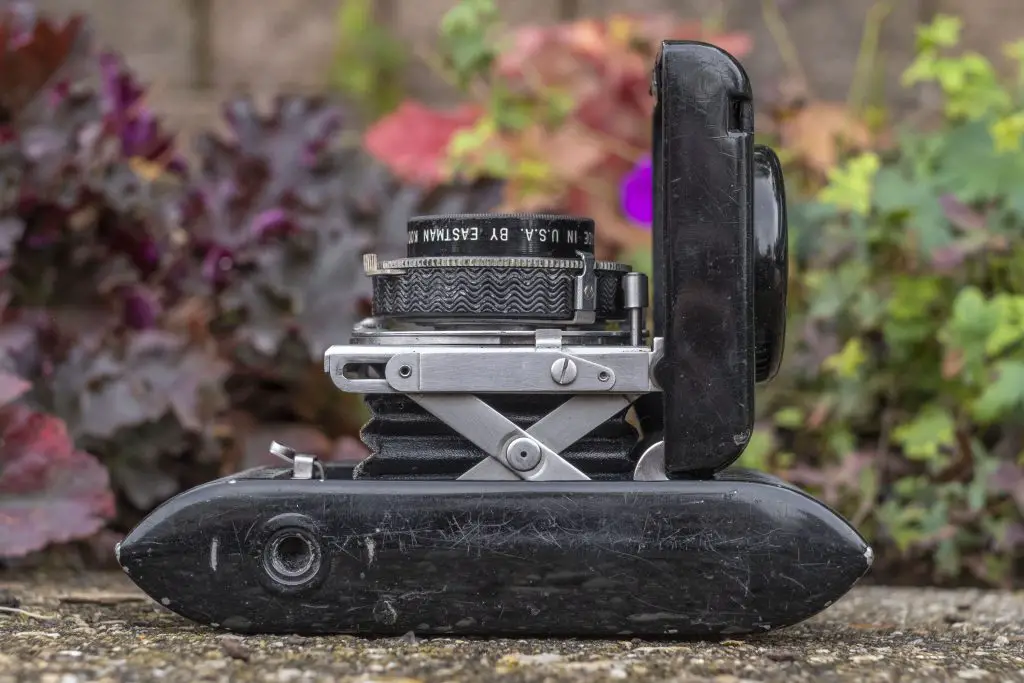














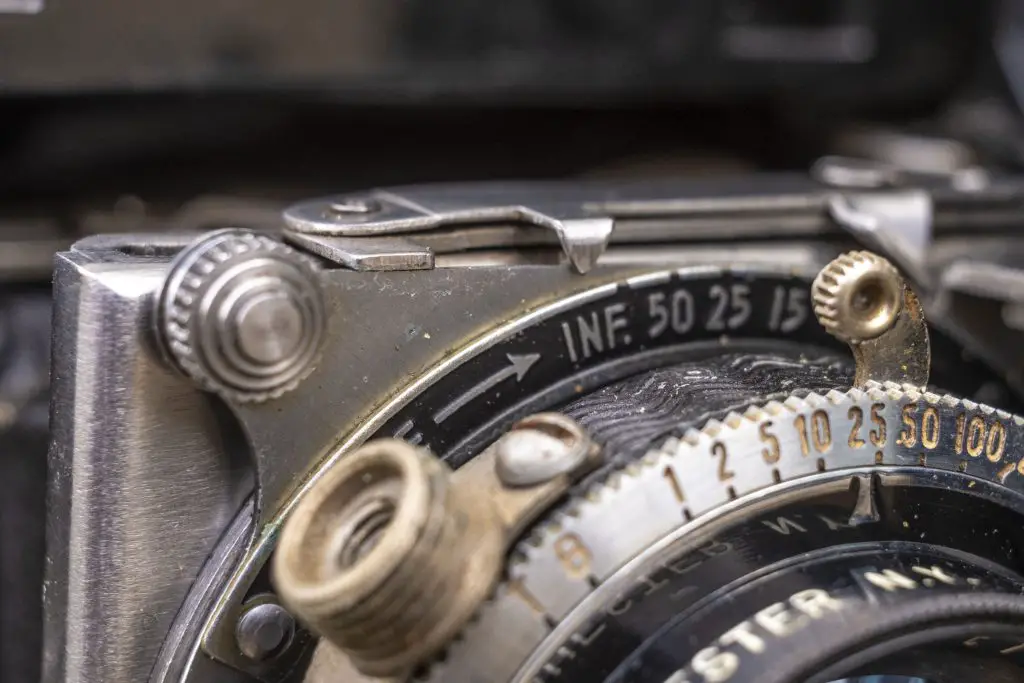
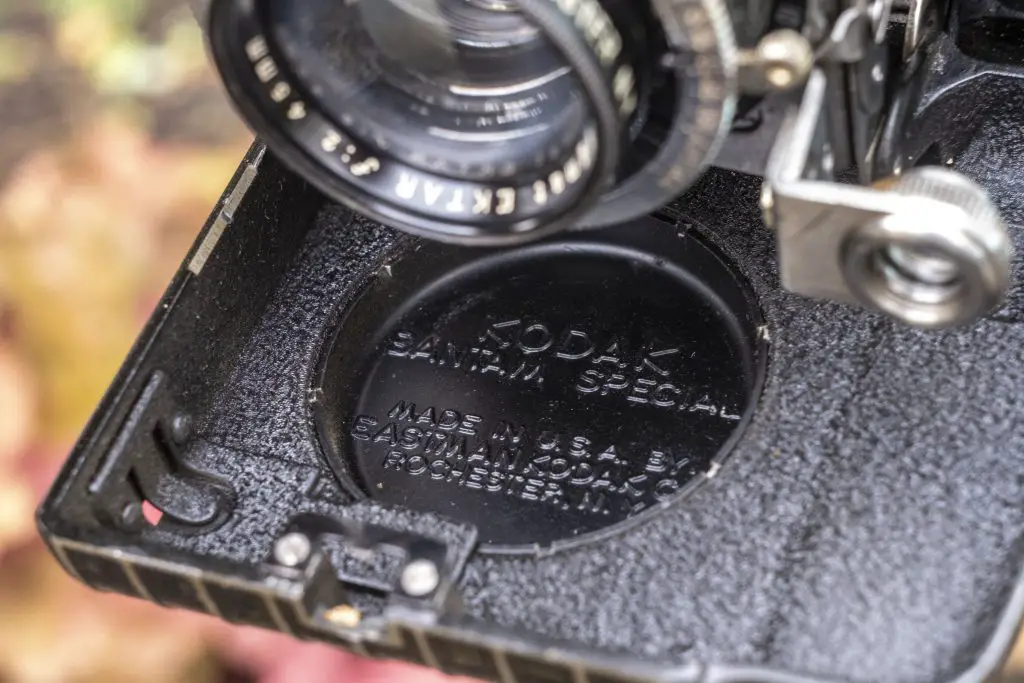
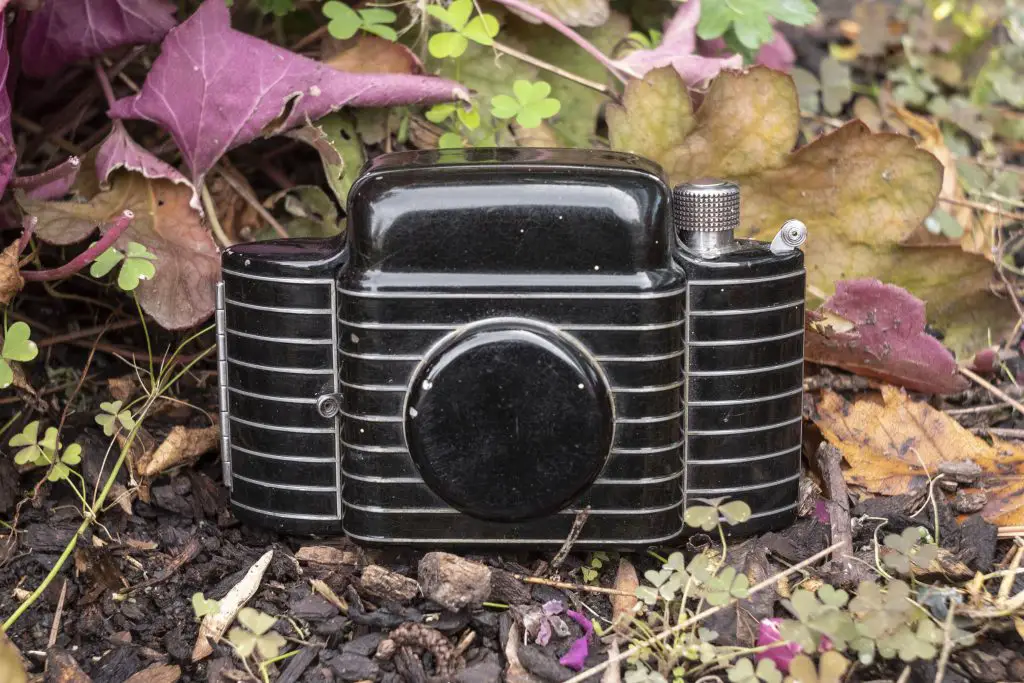
“another German folding camera”?
Good catch. I had this review 99% complete for about a month and quickly typed that intro this morning when I was half asleep. The shutter is German, the rest of the camera is not.
Glad you had a chance to test a Bantam Special in better condition! Several months ago I scored a perfect one in a neighborhood thrift store. Couldn’t believe my luck. Granted, the ergonomics leave something to be desired, but the results from mine are wonderful. In fact, the only real problem I found is how much attention it grabs on the street….
Shhh … A little secret here: Chris Sherlock will overhaul other camera marques besides Retinas, once he gets to know you as a reliable customer. He’s done Agfa Karat 36 folders with Heligon lenses and Suzuki Press Van folders for me. The common denominators these share with Retinas are Compur or Compur-style shutters. I do not know if he’d tackle a focal plane shutter camera but, considering both the covid paranoia hanging over NZ’s post office and the availability of stateside repair shops for such designs, I would not ask it of him.
If I could get reasonable 828 film, or this held 15 to 20 exposures, it would be one of my favorite cameras. I had one, and the only drawback was the respooled 828 film.
I hear ya. The unavailability of 828 along with only getting 8 exposures is a big detriment to this camera. It’s a bit of a stretch, but if you can cut down 120 to 828 size with a film slicer, you CAN fit enough to shoot 15 exposures on an 828 spool. Youll need to load and unload it in the dark though as the film will be very close to the edges and light will pipe in, exposing the ends. Once its in the camera though, it will be OK.
If you can’t find (..or cut for yourself..) 828 film, then as long as you tape shut (with BLACK tape) the window at the rear for reading numbers off the backing paper, you can just load the camera with plain 35mm film (..or wrap some 35mm film in a previously-used 828 backing paper).
When the camera’s frame feeler pin drops into place in one of the 35mm film sprocket holes – this is a nuisance, I know! – just push the pin-release button, then do the same thing seven more times! That will position the film correctly for each frame, as there are 8 perforations per frame of normal 35mm film. It’s long-winded, but it lets you use ANY brand or type of 35mm film you could possibly want!
The image will spill over onto the sprockets – as an 828 frame covers the upper and lower edges of the film where the 35mm sprocket holes are – but just make a small allowance for that by stepping back when framing your photos, leaving a bit of ‘extra space’ at the top and bottom of the frame!
I have just opened a parcel and warmly smiled 🙂 Here it is. Camera has all functionalities, nothing is missing so it is just about making CLA, Hopefully I will find some time to do it and I am sure I will enjoy using it.
Greetings from Poland : )